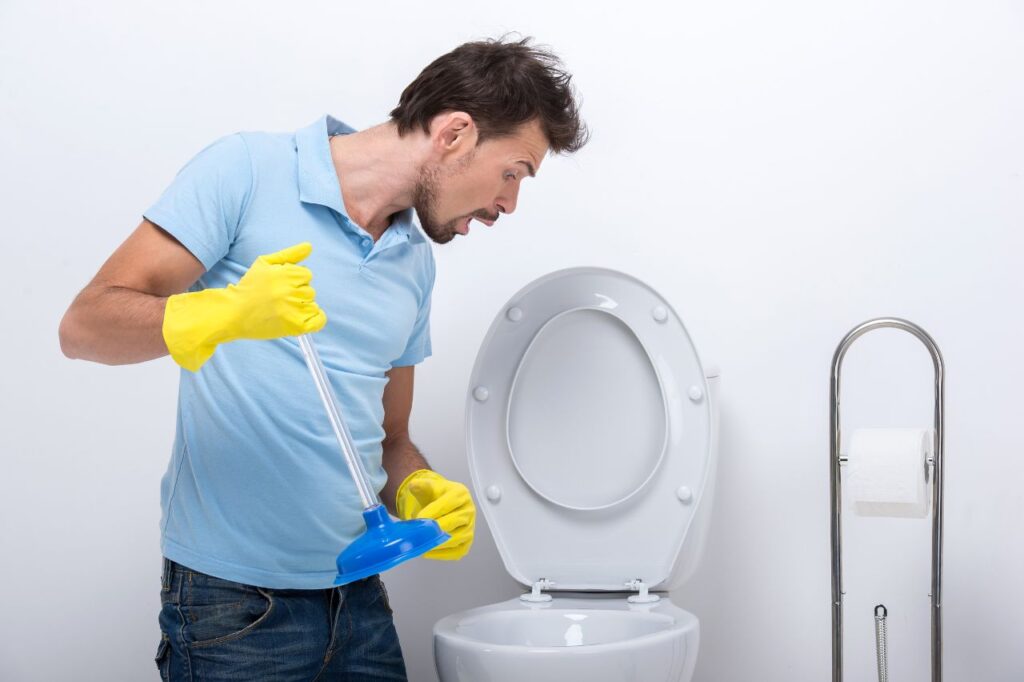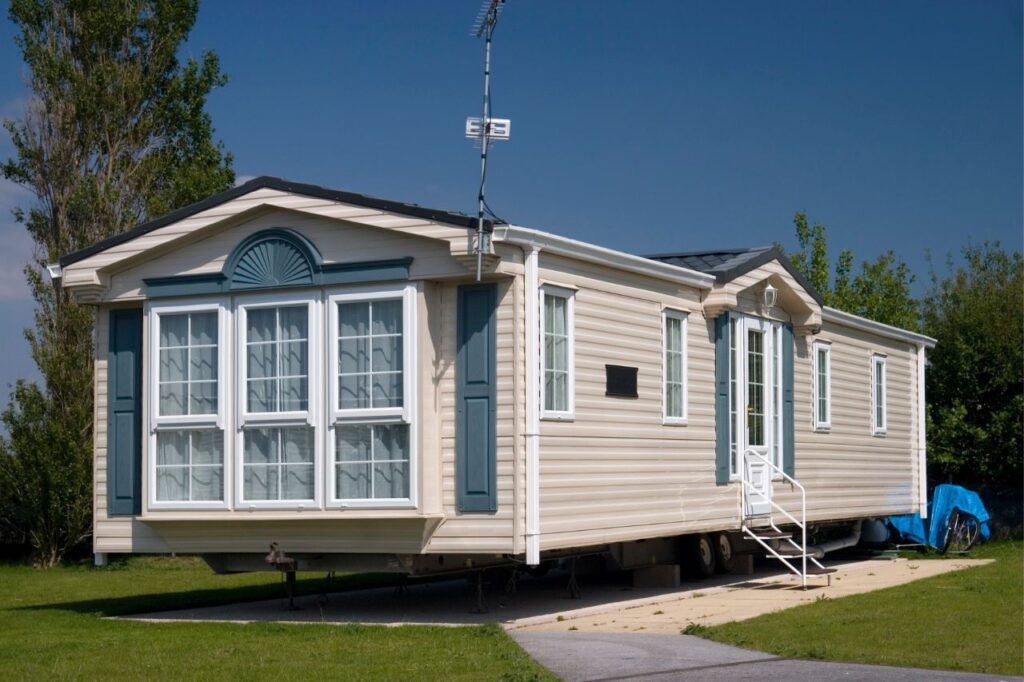When it comes to living in a mobile home, one of the most important things to consider is your septic tank.
Choosing the right septic tank can be a daunting task, especially if you’re not familiar with the different types and sizes available.
But don’t worry, we’ve got you covered. In this article, we’ll walk you through everything you need to know about choosing the right septic tank for your mobile home, from the different types of tanks and their sizes to the installation process and maintenance tips.
By the end of this article, you’ll have all the information you need to make an informed decision and ensure that your septic tank is functioning properly for years to come.
So, let’s dive in and learn everything you need to know about choosing the right septic tank for your mobile home.
Key Takeaways:
- Plastic tanks are lightweight, easy to install, and less expensive.
- Concrete tanks are more durable, long-lasting, and can hold more waste.
- Different styles of septic tanks: single compartment, two compartment, and three compartment.
- Determining the appropriate septic tank size based on household size, wastewater generation, and soil permeability.
- Factors to consider when choosing a septic tank: cost, maintenance and upkeep, environmental impact, local regulations, and codes.
Types of Septic Tanks Available for Mobile Homes
When it comes to septic tanks for mobile homes, there are two main types to choose from: plastic and concrete.
Plastic septic tanks are lightweight, easy to install, and less expensive than concrete tanks.
On the other hand, concrete septic tanks are more durable, long-lasting, and can hold more waste than plastic tanks.
Moreover, there are several styles of septic tanks available, including single compartment, two compartment, and three compartment tanks.
Single compartment tanks are the most basic type of septic tank, while two and three compartment tanks are more complex and offer additional benefits such as improved wastewater treatment.
In addition, there are also alternative septic systems available for mobile homes, such as aerobic treatment units (ATUs) and mound systems.
ATUs use oxygen to break down waste and are ideal for areas with poor soil quality.
Mound systems, on the other hand, are designed for areas with high water tables or poor soil drainage.

How to Determine the Appropriate Septic Tank Size for Your Mobile Home
Choosing the right septic tank size is critical to ensuring that your system functions properly.
The size of your septic tank will depend on several factors, including the number of people in your household, the amount of wastewater generated, and the soil permeability.
In general, a septic tank for a mobile home should be at least 500 gallons in capacity.
For larger households or those that generate a significant amount of wastewater, a septic tank with a capacity of 1000 gallons or more may be necessary.
It’s important to note that a septic tank that is too small may not be able to handle the wastewater generated by your household, while a tank that is too large can lead to sewage backups and other problems.
To determine the appropriate septic tank size for your mobile home, it’s best to consult with a professional septic system installer.
They can assess your household’s wastewater needs and soil conditions to recommend the right size and type of septic tank for your home.
Factors to Consider When Choosing a Septic Tank for Your Mobile Home
When choosing a septic tank for your mobile home, there are several factors to consider besides the tank size and type.
These include:
Cost
The cost of a septic tank can vary widely depending on the size and type of tank, as well as the installation costs.
While plastic tanks are generally less expensive than concrete tanks, they may not be as durable or long-lasting.
Maintenance and Upkeep
All septic tanks require regular maintenance and upkeep to ensure that they continue to function properly.
Concrete tanks, for example, may require periodic pumping to remove accumulated solids, while plastic tanks may need to be inspected and cleaned more frequently.
Environmental Impact
Septic tanks can have a significant impact on the environment if they are not properly maintained or installed.
It’s important to choose a septic tank that is designed to minimize environmental impact and ensure that wastewater is properly treated and disposed of.
Local Regulations and Codes
Local regulations and codes may dictate the type and size of septic tank that is allowed for mobile homes in your area.
It’s important to consult with local authorities and septic system installers to ensure that you are in compliance with all relevant regulations.
Installing a Septic Tank for Your Mobile Home
Installing a septic tank for your mobile home is a complex process that should only be done by a professional installer. The installation process typically involves several steps, including:
Site Evaluation
The installer will evaluate the site to determine the best location for the septic tank based on soil conditions, slope, and other factors.
Tank Installation
The installer will excavate the site and install the septic tank according to manufacturer specifications and local codes.
Drain Field Installation
Once the septic tank is installed, the installer will design and install a drain field or other wastewater treatment system.
System Testing
After the installation is complete, the installer will test the system to ensure that it is functioning properly and in compliance with all local regulations.
Maintenance and Care for Your Septic Tank
Proper maintenance and care are essential for ensuring the longevity and optimal performance of your septic tank. Some tips for maintaining your septic tank include:
Regular Pumping
Septic tanks should be pumped every three to five years to remove accumulated solids and prevent clogs.
Water Conservation
Conserving water can help reduce the strain on your septic system and extend its lifespan.
Some tips for conserving water include fixing leaks, using low-flow fixtures, and avoiding excessive water use.
Proper Waste Disposal
Avoid flushing non-biodegradable items down the toilet, such as paper towels, wipes, or feminine hygiene products. These items can clog your septic tank and cause backups.
Professional Inspections
Professional inspections can help identify potential problems with your septic system before they become major issues.
It’s recommended to have your septic system inspected every one to three years.
Common Septic Tank Problems and How to Avoid Them
Some common problems that can occur with septic tanks include clogs, backups, and leaks.
These problems can be caused by a variety of factors, including excess water use, improper maintenance, and system overload.
To avoid these problems, it’s important to follow proper maintenance and care guidelines, as well as to avoid flushing non-biodegradable items down the toilet.
It’s also important to have your septic system inspected regularly by a professional to identify any potential issues before they become major problems.

Choosing a Reputable Septic Tank Supplier and Installer
Choosing a reputable septic tank supplier and installer is critical to ensuring that your septic system is installed properly and functions optimally.
Some tips for choosing a reputable supplier and installer include:
Research
Do your research and read reviews from previous customers to ensure that the supplier and installer have a good reputation.
Credentials
Check that the supplier and installer are licensed and insured to ensure that they meet all relevant regulations and standards.
Experience
Choose a supplier and installer with experience installing septic systems for mobile homes to ensure that they have the expertise necessary to do the job right.
Legal Requirements for Septic Tank Installation for Mobile Homes
Local regulations and codes may dictate the type and size of septic tank that is allowed for mobile homes in your area.
It’s important to consult with local authorities and septic system installers to ensure that you are in compliance with all relevant regulations.
Conclusion
Choosing the right septic tank for your mobile home is critical to ensuring that your septic system functions properly and lasts for years to come.
By considering factors such as tank size, type, cost, maintenance, and environmental impact, you can make an informed decision and choose a septic tank that meets your household’s needs and complies with all relevant regulations.
Remember to follow proper maintenance and care guidelines, and to have your septic system inspected regularly by a professional to avoid common problems and ensure optimal performance.

